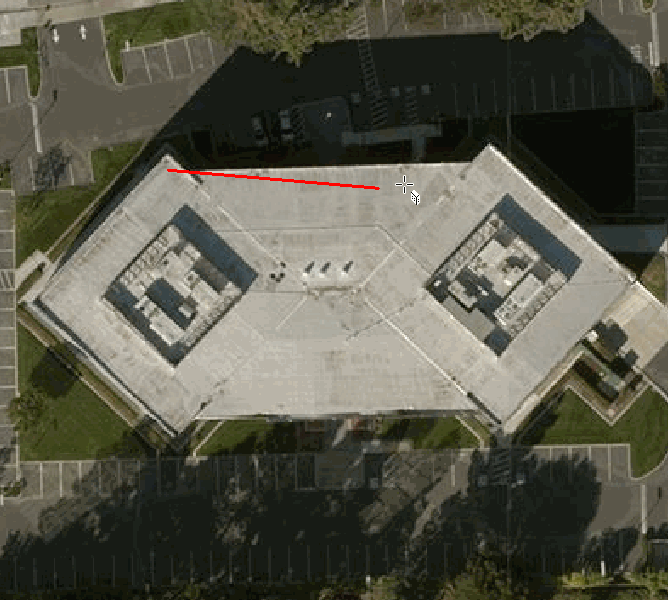Tools > Join overlapping Areas
Joins areas that overlap each other.
This action merges overlapping areas together and forms a bigger target area with the common outline. Areas overlap if they have an intersection or if they touch at two nodes.
- The area selected first gives its object history and id to the target area. So the order of selection matters.
- All tags from all selected areas will be added to the target area. If different values for one key exist, then the user must decide which value should remain. So the Tags/Memberships Conflict Dialog will open. It may also appear for relation membership issues.
- The additional Combine Confirmation dialog informs if not all the areas have all the same tags or memberships. It appears in standard view only.
- If an area has no overlap with another one in the Selection, then it is not joined. But it gets all tags like the target area and becomes modified by this.
- Additionally selected nodes do not matter.
- If areas are surrounded by the others and have no intersection with any of them, then the result of this action will be a multipolygon.

The animation above shows first the creation of two areas with the Building_tools plugin, then one of them being duplicated and selected + moved and finally the Join Areas action to all three areas then selected.
Notifications
If the selection does not fit Join overlapping Areas needs, then these notification messages will be presented:
- No overlapping areas in the Selection.

No intersection found. Nothing was changed.
- An open way is in the Selection.

One of the selected ways is not closed and therefore cannot be joined.
No action is performed in these cases.
See also
Back to Menu Tools
Back to Main Help
Attachments (3)
-
buildings-joinoverlappingareas.gif
(2.0 MB
) - added by 8 years ago.
https://github.com/mapbox/mapping/wiki/Advanced-mapping-guide#buildings https://github.com/mapbox/mapping/issues/162
- josm_join_areas_message_no_intersection.png (5.2 KB ) - added by 4 years ago.
- josm_join_areas_message_unclosed.png (6.9 KB ) - added by 4 years ago.




